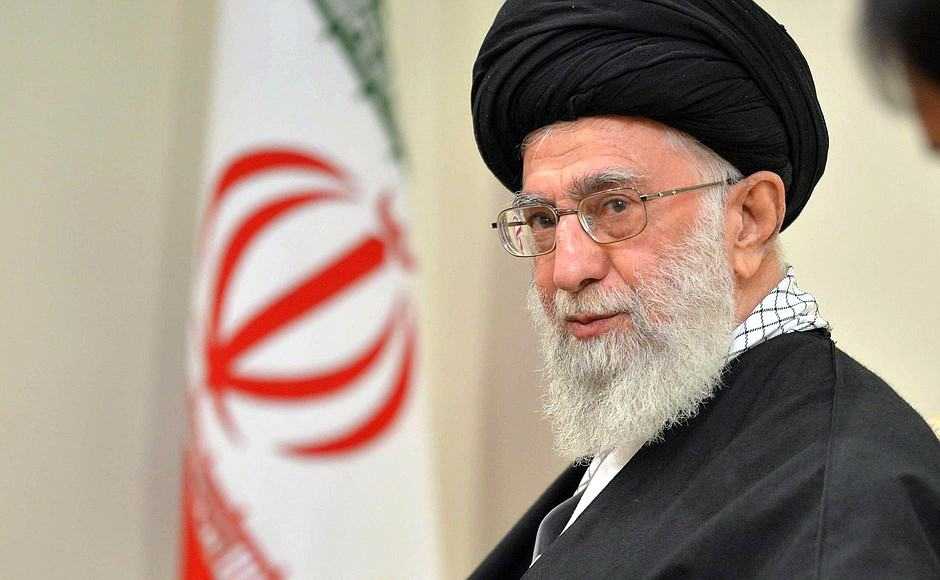40 years of Iran’s Islamic revolution are riddled with failures
Celebrations today mark the 41st anniversary of the Islamic revolution in Iran. On this day in 1979, the shah’s monarchial rule was abruptly quashed, as fundamentalist Shiite clerics seized power under the leadership of Ayatollah Ruhollah Khomeini.

Originally posted on the Daily Wire
Celebrations today mark the 41st anniversary of the Islamic revolution in Iran. On this day in 1979, the shah’s monarchial rule was abruptly quashed, as fundamentalist Shiite clerics seized power under the leadership of Ayatollah Ruhollah Khomeini.
While President Hassan Rouhani will boast about the regime’s perceived successes, military might, and dominance in his annual anniversary speech today in Tehran, the reality of the Islamic Republic’s 40th year is grim.
Each year around the anniversary, Iranian officials typically unveil technological advancements in their armed forces, nuclear, and space arsenals. On Saturday, Ayatollah Khamenei claimed Iran’s air force capabilities, once weak under the Pahlavi dynasty, were thriving under the Islamist mullocracy. Over the weekend, Iran tried and failed to put a satellite into orbit. This failure came after two failed launches last year of the Doosti and Payam satellites and a botched rocket explosion over the summer.
Iran’s nuclear program has faced similar deterioration this year. The 2015 nuclear deal between Iran, the U.S., the U.K., China, Russia, Germany, and France is close to collapse. President Donald Trump withdrew the United States first from the flawed deal in May 2018, insisting any new deal must curb Iran’s ballistic missile program as well as hinder uranium enrichment. Iranian leadership unsurprisingly refused, leading to economic disaster in the country. Last month, Iran declared it will no longer fulfill its uranium enrichment commitment, compelling Germany, France, and Britain to prompt the deal’s dispute resolution mechanism. If international sanctions are indeed reinstated, the worsening economic crisis in Iran will become catastrophic.
Iran also suffered blows to its military and proxy power this past year. On January 3, a U.S. airstrike outside Baghdad, Iraq, killed Iran’s top military commander, Qassem Soleimani. Leader of the Islamic Revolutionary Guard Corps’ Quds Force, Soleimani was a critical player in Iran’s terror regime. President Trump ordered his killing following months of attacks on American troops by Iran proxies in Iraq. In response to Soleimani’s death, Khamenei assured his Twitter followers that “jihad of resistance will continue with more motivation” as Iran must “congratulate Soleimani’s pure soul and condole the Iranian nation on this great martyrdom.”
Hezbollah, Iran’s most successful export, faced protest long before Soleimani’s killing in January. Since October, fed-up demonstrators have taken to the streets of Lebanon and Iraq to voice their grievances against Iran’s infiltration in and influence upon both governments. According to the U.N. special envoy to Iraq, over 500 demonstrators have been killed and 19,000 wounded — the majority at the hands of Iranian-backed militias. As the Iranian regime continues to dismiss these protests as inauthentic and foreign-led, their weakening grasp on the Middle East accelerates.
Despite the propaganda Iran’s regime will put forth on today’s anniversary, the world has witnessed its monumental failures. Blows to Tehran’s nuclear arsenal, economic durability, technological development, proxy strength, and military power prove Iran is indeed losing its grip on the Middle East.
- The age of the A-10 Thunderbolt II is coming to an end - April 25, 2024
- DF-21D: China built this missile to sink US Navy aircraft carriers - April 24, 2024
- The US Navy faces a new crisis: Years of delays expected for new warships - April 23, 2024
